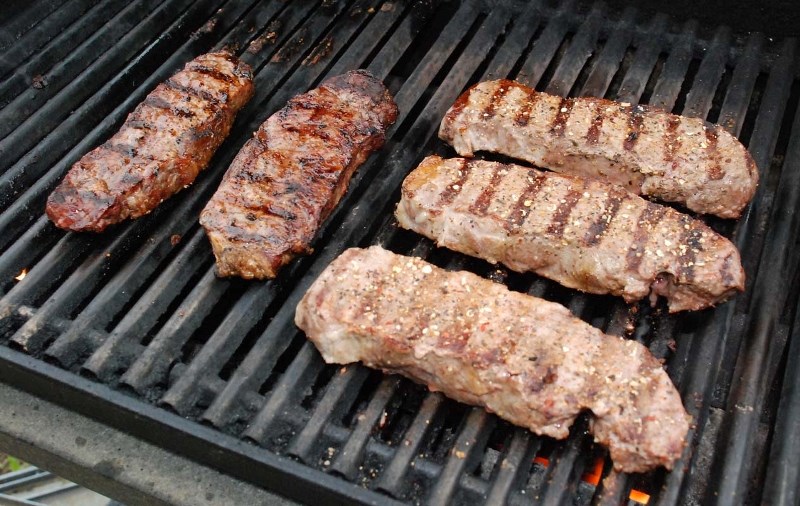Last weekend I fired up the stove to perform one of my favourite chemical reactions – beef stir-fry. By applying heat to slices of raw meat, I turned a plate of inedible raw redness into delicious brown steak.
The same science behind my stir-fry is what St. Albert resident Willie White uses almost every day as executive chef at the DoubleTree by Hilton in Edmonton to add zip to fish and bam to bread.
"It really helps the taste of a piece of meat," he says.
"When you get that nice golden-brown sear colour on stuff, that's where your flavour comes from."
The science at work here is the Maillard reaction: a complex form of non-enzymatic browning that occurs in dry heat.
That means it's a reaction between a sugar and a protein that happens without the need of an enzyme, explains Alberta Agriculture food chemist Kevin Swallow.
Enzymatic browning, incidentally, is what makes peeled apples turn brown.
Although humans have used this reaction ever since the invention of fire, it wasn't until the 1910s that French researcher Louis-Camille Maillard discovered the process, reports the Exploratorium in San Francisco. He'd been heating amino acids and sugars together when he noticed the mix turned brown.
And it wasn't until the Second World War that it's importance to cooking was revealed. Back then, troops complained that their stocks of powdered eggs had turned brown and tasted terrible. Maillard's reaction had struck again.
The Maillard reaction can actually happen at room temperature, Swallow notes – leave your steak on the counter for 50 years, and it'll be nice and flavourful, assuming it hasn't rotted yet. Heat simply makes it happen faster.
The reaction produces hundreds of different substances depending on the types of sugars and amino acids present, he continues. Many of these products are brown and/or aromatic. The combination of those substances give bread, steak, cake and pretzels their different flavours, smells and colours.
The Maillard reaction is different from caramelization, even though the two terms are often used interchangeably. Caramelization yields similar results, tastes and colours, but involves just sugar, Swallow says.
Taste like Maillard
The Maillard reaction is one of a chef's key sources of flavour, says Maynard Kolskog, culinary arts instructor at the Northern Alberta Institute of Technology. It's this reaction, not the sealing-in of the juices, which gives meat its taste.
"With a loaf of bread, the outer crust has a lot more flavour than the inside of the bread," he notes. That's because the Maillard reaction is concentrated at the surface of the bread where the heat is greatest.
The Maillard reaction requires heat to occur.
"It won't happen in a microwave oven," Kolskog note – nuke a roast instead of baking it, and you'll get a bland lump of grey meat.
"It'd be almost as if you didn't season it," he says.
The reaction doesn't kick in until you hit about 150 C, Swallow says. If your food is in water, the water will suck up any heat you add to it to boil and will keep the food below this critical point. (You can get around this by using a pressure cooker.)
You can control the rate of the Maillard reaction by controlling your heat, Kolskog says. Crank it up, and you get more browning and more flavour.
"One of the most important skills you can learn as a cook is how to control heat," he continues.
High heat will brown your roast or cake fast but leave the insides raw, for example. Really, really high heat will trigger pyrolysis (where your sugars break down into carbon dioxide, water and ash) and burn your food.
"The Maillard reaction isn't the most important thing," Kolskog says – you still have to cook your food.
You'll want a little heat for your fish, a little more for your chicken and a lot for thick steak, White says. A smoking-hot pan will give you a Chicago-style steak that's super-brown outside and barely done inside.
Flavour danger
They might be delicious, but the byproducts of the Maillard reaction can also be hazardous to your health. Swallow notes that some of them are carcinogenic, while the reaction itself (which happens all the time in living cells) has been linked to cataracts and other illnesses.
Whereas chefs used to brown food just to give it colour, Kolskog says the discovery of the Maillard reaction has given them new appreciation for its role in the kitchen.
"You begin to really appreciate the flavour components it adds."




